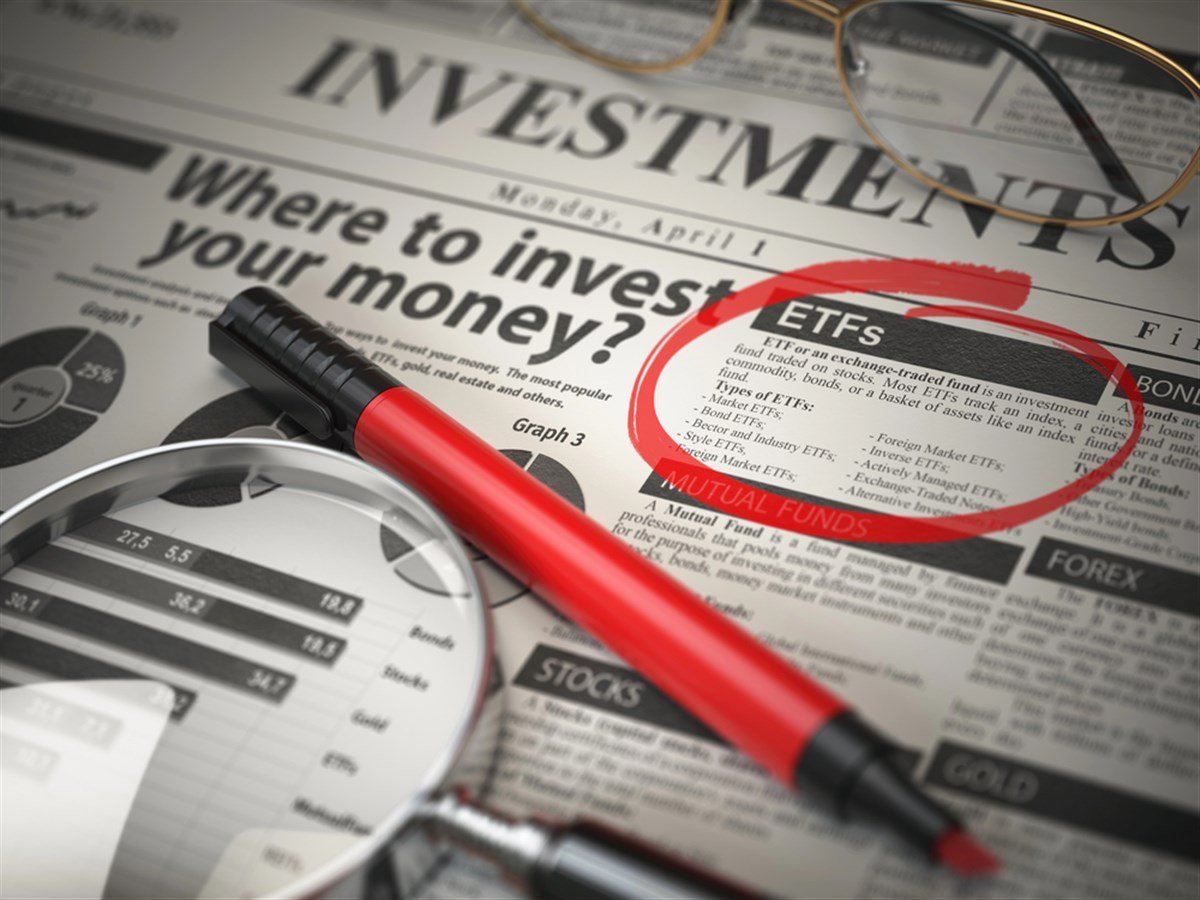
With so many investment options, it can feel overwhelming to choose the best combination. This can lead to having lots of positions, making it feel like there is always something to monitor and causing confusion around where one’s portfolio stands. Below, we'll examine three ETFs that can be used as parts of a simple and balanced stock portfolio.
Investing in the World's #1 Economy: The SPDR S&P 500 ETF Trust
First is the ever-well-known SPDR S&P 500 ETF Trust (NYSEARCA: SPY). This fund tracks the performance of the S&P 500 Index and harnesses the power of the United States economy to reap returns. It tracks the performance of the 500 largest publicly traded companies in the largest economy in the world. Through this, the S&P 500 has yielded a compound annual total return of 10.5% over the past 20 years.
When investors talk about “beating the market," they're typically talking about beating the S&P 500. This alone shows the dominant role the index plays in the world of investing. Beating the S&P 500 is the standard that many investment fund managers hold themselves to, but few can achieve.
Over the past 15 years, only 12% of large-cap funds beat the S&P 500. Over the past 20 years, the number has fallen to 7%. Want to look at 30 years? It falls again, to just 2%. This persistent drop in the success rates the further we look out demonstrates how difficult it is to beat a long-term investment in the S&P 500 and, in turn, the SPDR S&P 500 ETF Trust.
Investing in Emerging Economies: The iShares MSCI Emerging Markets ETF
Shifting away from the power of the United States, the iShares MSCI Emerging Markets ETF (NYSEARCA: EEM) allows investors to benefit from the potential of fast-growing emerging economies. In 2024, the International Monetary Fund expects emerging economies to grow by 4.2%. This is much faster than the 1.7% of advanced economies like the U.S.
But, faster growth hasn't always meant better returns. From Aug. 2004 to now, SPY’s cumulative total return of 618% far surpasses EEM’s of 251%. However, it hasn’t outperformed over that entire period. Looking at that 20-year window as of Jan. 2018, EEM was outperforming SPY. The point is that although the S&P 500 has outperformed investing in emerging markets over the past six years, it underperformed over the 14 years before that.
Based on this history, it's certainly possible that an investment in emerging market stocks could outperform U.S. stocks again at some point. Allocating to both long-term means investors won't miss out if the tides change again.
Investing in Basic Needs: The iShares Global Infrastructure ETF
The iShares Global Infrastructure ETF (NASDAQ: IGF) provides exposure to companies in developed market economies in the infrastructure industry. This includes companies that build roads and railroads and those that provide access to key resources like electricity, water, oil, and natural gas. These types of companies can have several attributes that differentiate them from investments in other stocks.
In poor economic times, people still need to travel on roads and access resources like electricity and water. This means these companies have products with particularly inelastic demand, i.e., their prices can rise a lot before people actually start to buy less. This benefits shareholders of these firms, especially in bad times. Companies that provide non-essential products should see their profits fall much more in bad times as consumers decide to spend only on what they truly need.
These companies also often face limited competition. For example, it is common for an electricity utility company to have a natural monopoly. Due to the massive upfront costs of building power plants and power lines to homes, a company may need to provide power to millions of homes to cover its costs. Once a firm has established control over the grid, it doesn’t make sense for competitors to enter the same market. They would have to acquire those millions of customers to cover their own costs, which wouldn’t be a smart bet.
Further, it is worth mentioning the massive investment needed in infrastructure worldwide. The Global Infrastructure Hub says $94 trillion in investment is needed from 2016 to 2040, a tailwind for companies in the iShares Global Infrastructure ETF.
Investing in U.S., Emerging Markets, and Infrastructure: A Balanced Approach
These three funds provide exposure to key drivers of investment returns: the powerhouse that is the U.S. economy, the potentially faster economic growth of emerging economies, and the undeniable need for infrastructure.
They can be used as pieces to create a simple and balanced stock portfolio. This list is by no means all-encompassing, and investors should fully consider their individual risk tolerance and financial situation while building a portfolio.













